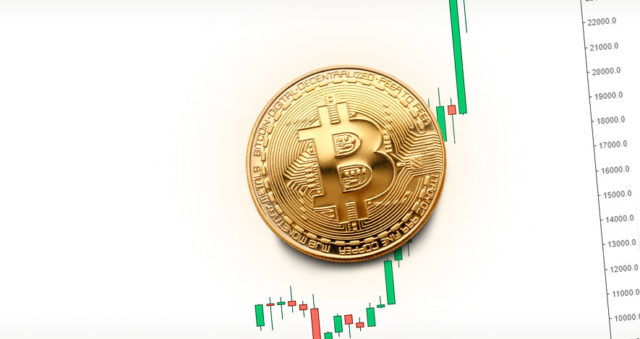- The US Dollar saw a slight drop at the end of the week, erasing daily gains.
- US Dollar Finds Support Amid High US Treasury Yields
- May PCE data showed an unexpected slowdown in US inflation.
The end of the week saw the US Dollar, according to the US Dollar Index DXY, settling near 105.80, after reaching a high of 106.13 earlier in the session. This follows the release of Personal Consumption Expenditure Price Index (PCE) data, but losses are limited by high US Treasury yields.
The US economy remains resilient with slight signs of inflation, which is enough to prevent the Federal Reserve (Fed) from fully adopting the easing cycle.
Market Drivers and Daily Movements: US Dollar Falls on Weak PCE Data
- On Friday, Personal Consumption Expenditure (PCE) Price Index data for May showed headline inflation softened to 2.6% year-on-year, down from 2.7% in the previous month.
- Core PCE (which excludes volatile food and energy prices) also saw a decline to 2.6% from 2.8% previously in April.
- US Treasury yields provide resilience to the Dollar, with 2-, 5- and 10-year yields at 4.71%, 4.32% and 4.33%, respectively.
- The probability of a Fed rate cut in September rose marginally to 66% from the pre-publication expectation of 64%, according to the CME Fedwatch tool.
- The focus will now shift to June labor market data.
DXY Technical Outlook: Positive Momentum Persists, Index Eyes Higher Levels
Despite recent fluctuations in data, the technical outlook remains positive, with indicators in the green but losing some strength. The RSI remains above 50 but appears to be pointing lower, indicating a slight pause in the bullish momentum. Green bars continue to develop on the MACD, further facilitating the positive view but at a slower pace.
The DXY index remains above the 20-day, 100-day and 200-day Simple Moving Averages (SMAs), confirming its ongoing positive stance. Despite the index’s stability at the highs seen since mid-May, there is room for further upside, suggesting that the DXY is primed for further upside with the 106.50 area as the next target. Conversely, 105.50 and 105.00 will be areas to watch in case of a dip.
The Fed
Monetary policy in the United States is directed by the Federal Reserve (Fed). The Fed has two mandates: to achieve price stability and to promote full employment. Its main tool for achieving these goals is to adjust interest rates. When prices rise too quickly and inflation exceeds the Fed’s 2% target, the Fed raises interest rates, increasing borrowing costs throughout the economy. This translates into a strengthening of the US Dollar (USD), as it makes the US a more attractive place for international investors to park their money. When inflation falls below 2% or the unemployment rate is too high, the Fed can lower interest rates to encourage borrowing, which weighs on the greenback.
The Federal Reserve (Fed) holds eight meetings a year, in which the Federal Open Market Committee (FOMC) evaluates the economic situation and makes monetary policy decisions. The FOMC is made up of twelve Federal Reserve officials: the seven members of the Board of Governors, the president of the Federal Reserve Bank of New York, and four of the eleven presidents of the regional Reserve banks, who serve for one year on a rotating basis.
In extreme situations, the Federal Reserve can resort to a policy called Quantitative Easing (QE). QE is the process by which the Fed substantially increases the flow of credit into a clogged financial system. It is a non-standard policy measure used during crises or when inflation is extremely low. It was the Fed’s weapon of choice during the Great Financial Crisis of 2008. It involves the Fed printing more dollars and using them to buy high-quality bonds from financial institutions. QE usually weakens the US dollar.
Quantitative tightening (QT) is the reverse process of QE, whereby the Federal Reserve stops buying bonds from financial institutions and does not reinvest the capital of maturing bonds in its portfolio to buy new bonds. It is usually positive for the value of the US dollar.
Source: Fx Street
I am Joshua Winder, a senior-level journalist and editor at World Stock Market. I specialize in covering news related to the stock market and economic trends. With more than 8 years of experience in this field, I have become an expert in financial reporting.







